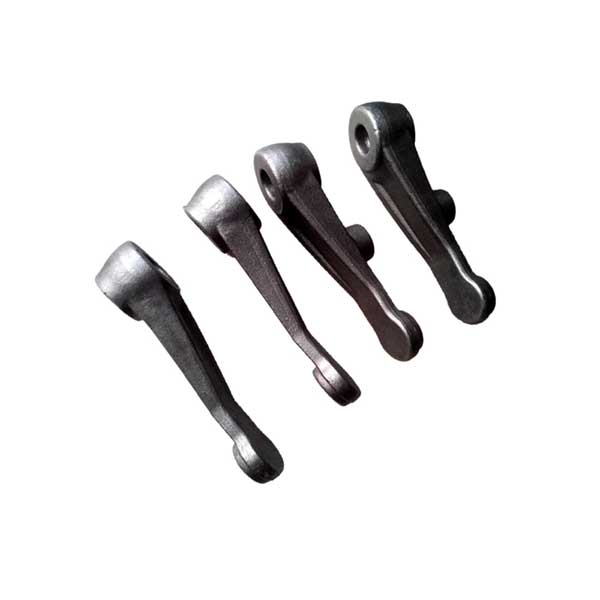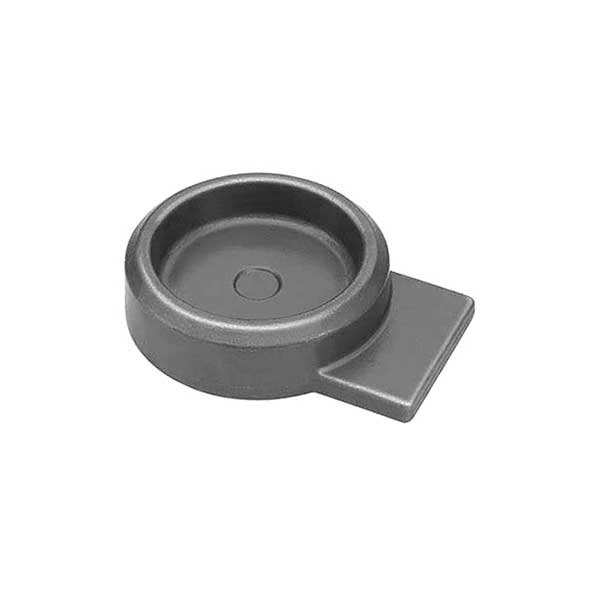Free forging is what we call free forging, which is completed by gradual local deformation of the blank on the flat anvil or between the tools. Because the tool is in contact with the blank part, the stagnant grid work is much smaller than the die forging bar for the production of forgings of the same size, so free forging is suitable for forging large forgings. Of course, free forging also has certain advantages and disadvantages in the forging process. Yes, let’s find out together!

The advantages of free forging :
(1) Free forging can improve the structure and properties of metal. The quality and mechanical properties of metal free forgings are higher than those of castings, and their strength is 50% -70% higher than that of castings, so they can withstand large impact loads. Forgings can reduce the weight of the parts themselves on the premise of ensuring the design strength of the parts, which is of great significance to aerospace and transportation.
(2) Free forging can save raw materials. Parts with shapes closer to the part can be produced using the free forging method.
(3) Free forging is suitable for single-piece small batch production, and the variety is more flexible.
(4) Since there is no lateral flow in the straight shaft or curved shaft parts and annular parts, the streamline distribution is generally more reasonable than that of die forgings. It is especially suitable for straight or curved shafts, discs or rings with simple shape, small cross-section change and gentle main axis.
(5) Some special quality torsion requirements can be met by the free forging process, such as reverse upsetting can improve the quality of raw materials.

The disadvantages of free forging:
(1) Compared with die forging, the material utilization rate of free forgings is low, and the machining area is larger. The clarity and straightness of the flow pattern and the degree of agreement along the outer contour of the forging are worse than those of die forgings. During the machining process, Metal streamlines are easily cut.
(2) Compared with die forgings, the mechanical properties of aluminum alloy free forgings are relatively low.
(3) The forging production method has lower production efficiency than other pressure processing methods, and the degree of mechanization and automation needs to be improved.
(4) The degree of forging deformation is not uniform enough. The uniformity of the shape and size of the same batch of forgings is worse than that of die forgings. Due to the comparison of fire, complex forgings are only heated and do not participate in deformation in some parts. Therefore, it may be It leads to the appearance of inhomogeneous structure or low magnification coarse grains.
(5) Compared with die forging, the quality of free forgings is more affected by the forging process and the level of forging operations.
The above is all about the advantages and disadvantages of free forging. In fact, there are various forging processes, which should be selected according to the actual forging needs. Different processes have different advantages and disadvantages, and must be understood in advance.


